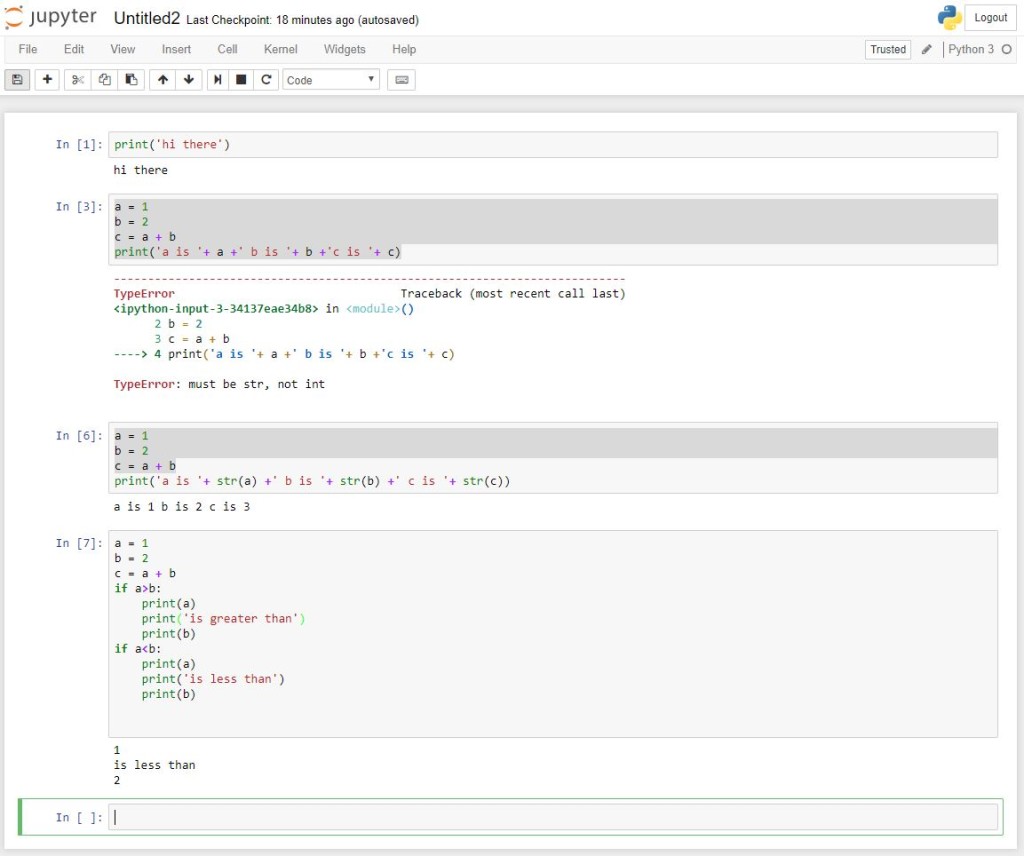I recently received a reference request for an alumnus of my class who was seeking employment at a Financial Advisory Firm. It was a very pleasant and productive encounter – my former student advised me via email that I was listed as a reference and I might get a call; I received an email from a pretty high level person at my student’s prospective employer to schedule a call; we had a very productive call.
During the call, I told the employer about some of the quantitative investing stuff we do in in my class. The employer said it would be useful – their firm did similar stuff for a fixed income product. This was my second run-in with a firm that does quant stuff with fixed income. It appears quantitative investing is growing in fixed income, but there may also be issues. (see https://www.barrons.com/articles/is-fixed-income-ready-for-factors-1530897141 )
Blackrock has a delightful webpage on the space ( https://www.ishares.com/us/strategies/fixed-income-factors ) where they highlight the main factors in fixed income (FI) as value, quality, momentum, carry, and low vol. Very similar to Equities. There’s also academic work in this regard ( https://papers.ssrn.com/sol3/papers.cfm?abstract_id=2516322 for example).
On the other hand, high transactions costs, large minimum investment amounts, minute differences between bonds that broad factors may not pick up (but that may end up making a huge difference), and buy-and-hold-to-maturity investors may prove to be headwinds in the space.
More specifically, there may be additional signals, besides the usual corporate finance and market price signals, that may be informative. The employer I spoke to was in the muni bond space, and was using geographic data ( I imagine micro level data from the various municipalities whose bonds they were considering ) to try and predict future credit moves.
I’d imagine with the wealth of data out there, and the variety of financial instruments traded, there may be some very interesting predictive relationships to be uncovered outside the equity markets.
